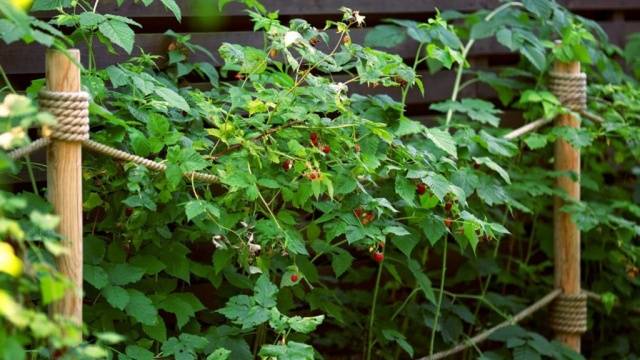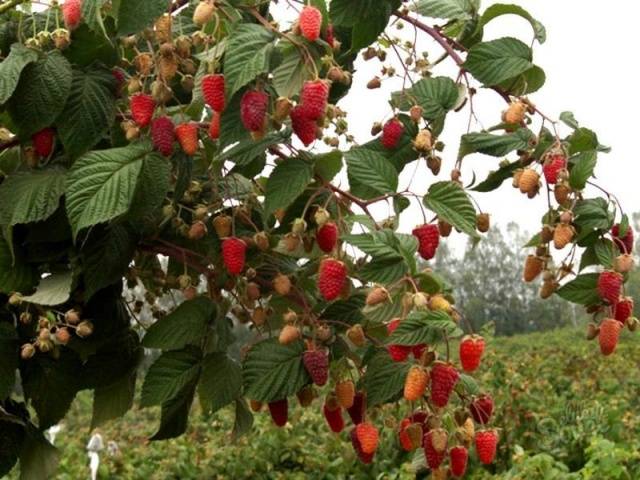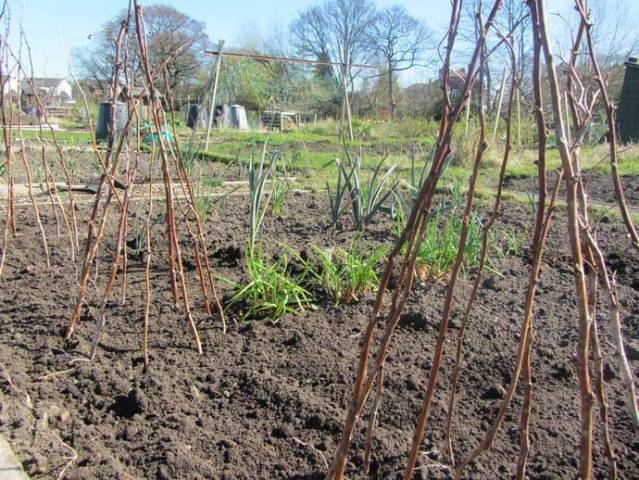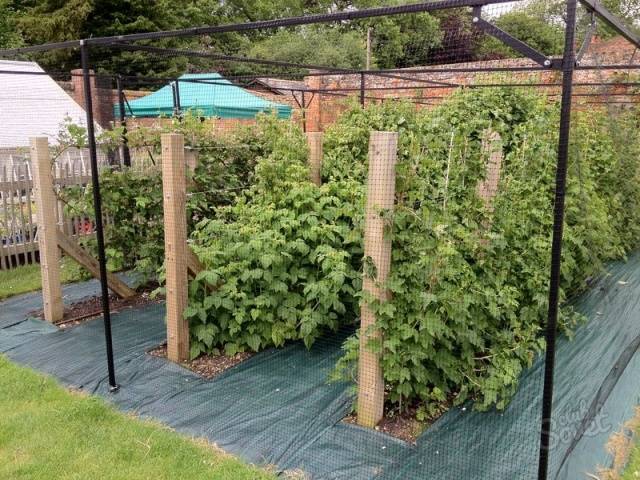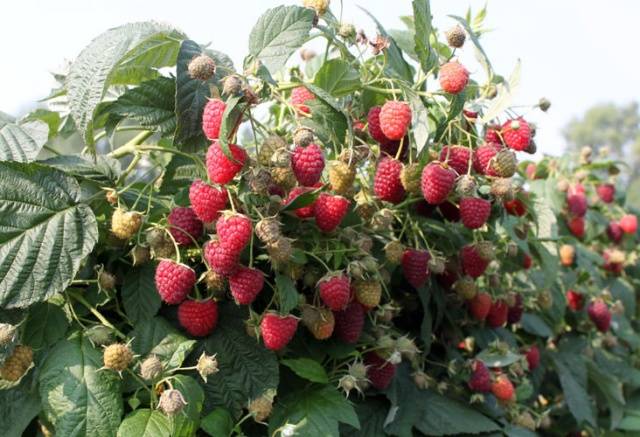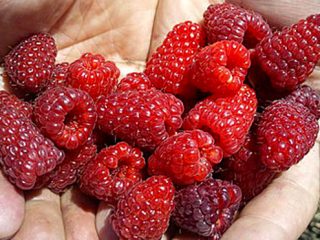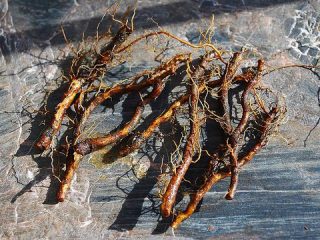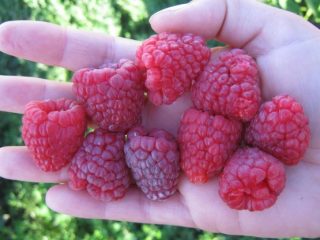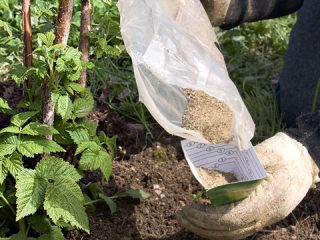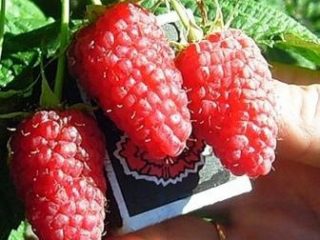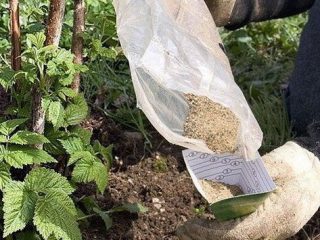Content
If a person has a garden plot, then he will always find a place for a raspberry plant. This should not be surprising, because raspberries are not only a tasty treat, but also a valuable product. They contain a large amount of vitamins and minerals. The berries are used to make jam and compotes. With the help of raspberries, you can normalize blood pressure and protect yourself from atherosclerosis.
You can get a rich harvest of berries only with proper plant care. Young gardeners are interested in how to tie raspberries, how to do this work correctly, what methods exist. And also, is it necessary to do gartering of shoots? Let's try to give detailed answers.
Why are raspberries tied up?
Tying raspberries is one of the stages of plant care. Why is it needed? It turns out that untied raspberries develop worse, the berries become smaller and lose their unique taste.
What are the advantages of agrotechnical techniques for caring for raspberry plantings:
- Provide reliable protection of raspberries from diseases and pests.
- The shoots on which flower stalks are formed end up in the middle of the bush and develop better.
- The twigs and side shoots of raspberries break less often, even in strong winds and downpours, and do not droop due to the abundance of berries.
- Each branch receives enough heat and light, so ripening occurs evenly.
- Harvesting raspberries is more convenient; the thorns do not interfere.
But there are still more reasons why raspberries need a garter. The point is still to obtain a bountiful harvest of berries of different colors and sizes. On tied shoots, raspberry bushes are better lit and well ventilated.
Look at the photo, isn’t this a miracle raspberry!
The raspberry garter procedure is carried out in the spring after the shoots have been pruned. At this time, there should not yet be any blossoming buds on the stems.
Variety of ways
The question of how to properly tie raspberries is of interest not only to beginners, but also to experienced gardeners. They hope to learn something new and try out garter methods in their raspberry fields.
The most common are considered to be:
- stake method;
- fan method;
- trellis method.
Cola method
This method is also called beam method. Several raspberry stems are tied together (in a bunch) onto a two-meter stake driven into the center. The tops of the heads are moved to the sides. This type of garter is the easiest to perform, but its effectiveness is low. Experienced gardeners do not stake their plantings due to the following disadvantages:
- Raspberry shoots are illuminated unevenly, especially in the center of the bunch.
- The ovaries develop more slowly inside the garter.
- Shoots often break off, as they are tied only at the top.
- Poor ventilation leads to diseases and pests are more difficult to spot.
Trellis method
Tying raspberry vines to trellises is not only the most common method. It's really effective.
What is a trellis? This is a type of structure that requires poles and wire.The trellis is installed along the entire length of the plantings. Let's look at the features of the device for gartering raspberries and how to use it correctly.
There are different types of garters:
- on a single trellis;
- on a double trellis;
- Scandinavian method.
Single trellis
This method of tying is convenient for small raspberry fields. High stakes are driven in along the edges of the bed and in the gaps, wire is attached to them at different heights: 1.65, 1.05, 0.75 m. Raspberry shoots are tied in three places separately. They are illuminated from all sides by the sun, the breeze moves freely between the leaves and berries.
Double trellis
To make a double trellis, high, up to two meters, pillars are dug in. The step between them is up to 4 meters. Two beams are fixed across the pillars. Each is half a meter long and no more than 5 cm wide. Two wires are also pulled in parallel, at a distance of 70 and 150 cm from the surface of the ridge. The shoots on a double trellis are tied in two places. Then the opposite sides of the long wire are connected to each other every 60 cm. The bush is well lit and ventilated. The peculiarity of the method is clearly visible in the photo.
Scandinavian way
In fact, this is also a double trellis, but to arrange it you will need two rows of wire. The wire is pulled at a height of one and two meters.
How does raspberry garter work in this case? According to the Scandinavian system, the shoots are not tied to a support, but are wrapped around a wire in the form of a Latin letter V.
What are the advantages of the Scandinavian method:
- picking raspberries is a pleasure: they are all in sight;
- replacement shoots remain intact until the end of the growing season, since they are located in the middle of the trellis;
- There is sufficient air circulation.
Although this method of tying has a disadvantage - fungal diseases sometimes affect raspberries.
Video, simple trellis:
Fan method
Many gardeners use the fan method of tying raspberries. How to work with raspberries?
The work is complicated by the fact that you have to work with each pair of bushes. Between them you need to drive a stake at least two meters high. The shoots in the bush are divided into two parts and tied in turn to each peg. The result of the process is clearly visible in the picture above.
Tethered shoots become like a fan, hence the name. What are the advantages of such a garter:
- Firstly, fruiting raspberry branches do not interfere with the growth of replacement shoots.
- Secondly, the raspberry bush receives enough light and heat from all sides.
- Thirdly, the fan arrangement of the shoots ensures reliable air circulation.
- And fourthly, there are no problems when picking berries.
As you can see, the labor costs are completely justified, because the main reason for gartering is to obtain a large number of delicious, aromatic berries.
Single support
If there are few raspberry bushes, you can equip a single support. This is also an effective way.
A post or peg a little higher than two meters is dug in. The shoots that are located nearby need to be tied to this support. This method is good for bush growing raspberries.
What to take as ties
There are different options for garter materials. Most often they use twine, nylon or polypropylene tape.Twine loses somewhat in terms of the fact that under the influence of the sun and moisture it quickly becomes unusable. Although, as a rule, it is enough for the season.
Is it possible to grow raspberries without tying them up?
Sometimes you can see that gardeners have not tied up the bushes in the spring. What is the matter, maybe due to negligence or ignorance? It turns out that it is neither one nor the other. There are simply a number of raspberry varieties that do not require this type of care. What's the matter?
Most often, yellow and red raspberries, which have fairly powerful and durable erect shoots, are released into “free floating.” They do not grow higher than 180 cm and do not bend, even with high yields.
You can do without a garter if you grow raspberry varieties such as:
- Ruby;
- Spirina white;
- Bulgarian;
- Coral.
But working with such a group of varieties has its own problems: it is necessary to form the bush correctly. Otherwise, you may fail.
Features of formation:
- Replacement shoots are not pruned in the first year. By the end of the growing season, a wide strip of green stems is formed.
- In the spring, those shoots that are outside the ridge must be cut out.
- The plants in the garden are thinned out. There should be at least 20 cm between the remaining shoots. As a rule, there will be just 20 shoots left on the square.
When growing some varieties, this technique is effective; raspberry productivity is high. But for novice gardeners, until they get the hang of it, it’s better to practice tying up shoots. The fact is that the slightest thickening of plants can cause diseases of those shoots that are located inside the bed.
Conclusion
We have considered all the methods of tying raspberries, indicating the pros and cons. Many of the options can be done by beginning gardeners. We advise you not to waste the time spent on tying up plants if you want to grow a berry like the one in the photo.
Through trial and error, you can choose the method that will be most effective in your area. Good luck!
